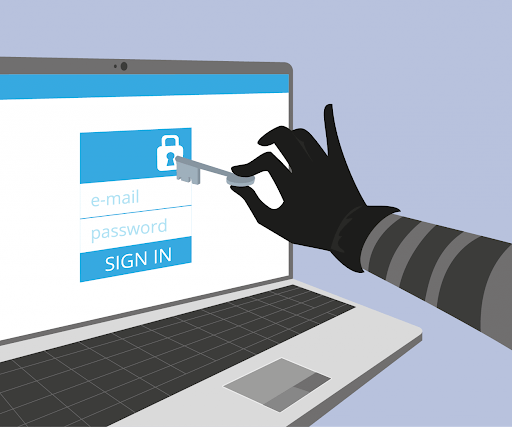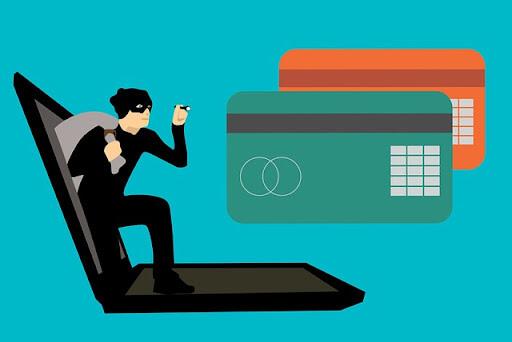Business
Merchant Fraud 101: Understanding the Risks and How to Prevent Them

Merchant fraud is a growing problem in today’s digital age. With more and more transactions being made online, the opportunity for fraudsters to take advantage of businesses and consumers has never been greater. Understanding the risks and merchant fraud prevention is essential for any business that accepts payments or processes transactions.
Table of Contents
Types of Merchant Fraud

- Chargeback fraud: Chargeback fraud occurs when a customer disputes a charge on their credit card statement, claiming that they did not make the purchase. This can happen when a customer’s credit card is stolen and used for an unauthorized purchase. It can also happen when a customer claims that they did not receive the product or service they paid for.
- Friendly fraud: Friendly fraud, also known as “customer fraud,” occurs when a legitimate customer makes a purchase and then disputes the charge later. This can happen when a customer changes their mind about a purchase or when a customer’s child makes an unauthorized purchase.
- Identity theft: Identity theft occurs when a fraudster uses someone else’s personal information to make a purchase. This can happen when a fraudster steals personal information from a business or from an individual. The fraudster can then use this information to make purchases or to open a new credit card account.
Financial Impact of Merchant Fraud

- Lost revenue: Fraudulent transactions can result in lost revenue for businesses. This can happen when a business is not able to recover the cost of a fraudulent purchase, or when a business is held liable for the cost of a fraudulent purchase.
- Additional fees: Fraudulent transactions can also result in additional fees for businesses. These can include chargeback fees, fees for reversing transactions, and fees for reissuing credit cards.
- Risk of losing merchant account: Businesses that have a high chargeback rate may risk losing their merchant account. This can happen if the business exceeds the chargeback threshold set by the merchant’s acquiring bank or if the business is deemed to be too high-risk.
- Liability for fraud-related losses: Businesses may also be held liable for fraud-related losses if they do not have proper fraud prevention measures in place. This can happen if a business is found to have been negligent in protecting sensitive information, such as credit card numbers.
Also, Check – Improve Your Tradie Business – 5 Tips
Fraud Detection and Prevention Tools
Fraud Detection and Prevention Tools are a set of software and systems that businesses can use to identify and prevent fraudulent activity. These tools analyze transactions in real time and flag any suspicious activity. Implementing fraud detection and prevention tools is an essential step in protecting businesses from merchant fraud. Some of the common fraud detection and prevention tools include:
- Address Verification: Address verification compares the billing address provided by the customer with the address on file with the card issuer. This helps to prevent fraud by ensuring that the customer is in possession of the credit card. This is particularly important for e-commerce transactions, as it is common for fraudsters to use stolen credit card information to make purchases online. By verifying the billing address, businesses can help to prevent fraud by ensuring that the customer is in possession of the credit card.
- Card Security Codes: Card security codes are three or four-digit numbers that are printed on the back of credit cards. These codes are used to verify that the customer is in possession of the credit card. By requiring the security code to be entered during the checkout process, businesses can help to prevent fraud.
- Device Fingerprinting: Device fingerprinting creates a unique profile of a customer’s device. This profile can be used to detect suspicious activity, such as multiple purchases from the same device. This can help businesses to detect and prevent fraud.
- Risk-based Authentication: Risk-based Authentication assesses the risk of a transaction based on the customer’s behavior and device. This helps to identify and flag transactions that are likely to be fraudulent, and either allows or denies the transaction accordingly.
- Machine Learning: Machine learning is a subset of artificial intelligence (AI) that enables systems to learn from data and make predictions. Machine learning algorithms can be used to analyze large amounts of data and identify patterns that may indicate fraud.
- Behavioral Analytics: Behavioral analytics tracks the behavior of customers across multiple transactions. This helps to identify abnormal behavior that may indicate fraud, such as multiple purchases made in a short period of time.
- Geolocation: Geolocation tools track the location of a customer at the time of a transaction. This helps to detect and prevent fraud by identifying transactions made from unusual locations.
- Third-Party Data: Third-party data providers offer businesses access to additional data that can be used to detect and prevent fraud. This includes data on known fraudsters, data on past fraud incidents, and data on the reputation of a customer or business.
Conclusion
Merchant fraud is a shadowy figure lurking in the corners of the digital marketplace, waiting to pounce on unsuspecting businesses. But, with the right knowledge and tools, businesses can arm themselves and be prepared for any fraudulent attack. It’s time to put on the armor of knowledge and equip ourselves with the tools to protect our businesses and customers from the dangers of merchant fraud.

-

 Business3 years ago
Business3 years agoHow to Do Long-Distance Moves with Children
-

 Travel2 years ago
Travel2 years agoQuick Guide: Moving To Santa Rosa?
-

 Real Estate3 years ago
Real Estate3 years agoWhy Dubai Festival City is a Great Neighbourhood for Young Learners
-

 Business3 years ago
Business3 years agoIs Guest Posting a Good Inbound Marketing Strategy?
-

 Business1 year ago
Business1 year agoThe Ultimate Guide To Thriving In Your Printing Franchise
-

 Business1 year ago
Business1 year agoExploring The Benefits And Challenges Of Restaurant Franchising
-

 Tech3 years ago
Tech3 years agoCyber Table That Will Change Your Life
-

 Lifestyle1 year ago
Lifestyle1 year agoDallas’ Hidden Gems: 6 Must-Try Restaurants Off The Beaten Path!









Recent Comments